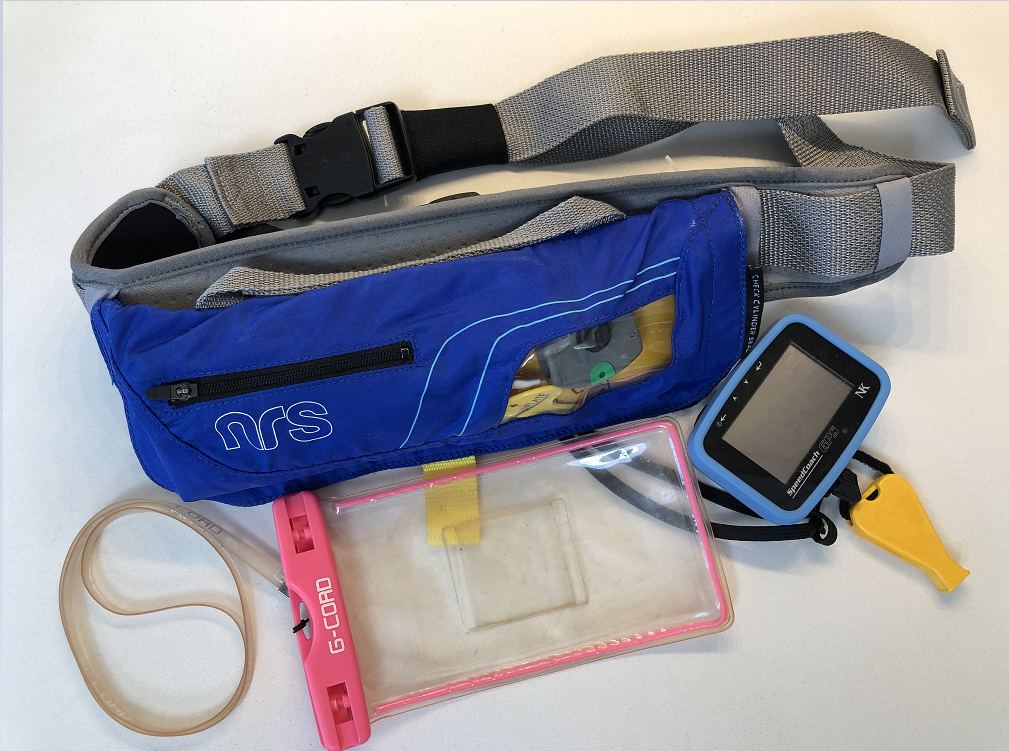Coastal Rowing Safety
 Coastal conditions are unpredictable, which makes them both fun and potentially dangerous. Please read all the guidelines outlined on this page.
Coastal conditions are unpredictable, which makes them both fun and potentially dangerous. Please read all the guidelines outlined on this page.
Required Safety Equipment
Open water and coastal rowers must ALWAYS carry the following:
-
Whistle or air horn for each rower, in case of distress
-
PFD (personal flotation device) or life vest for each rower. Coxswain MUST wear the PFD at all times
-
Phone in waterproof case and/or marine radio tuned to local Vessel Traffic channel (in San Francisco, Channel 16)
-
24 foot buoyant bowline, tied securely to the boat
Know the Safety Rules
Coastal and open water rowing entails inherently dangerous conditions of wind, waves, obstacles, and cold water. Crews racing in the San Francisco Bay must have adhere to stronger safety standards than are typical in flat water racing conditions.
-
Stay with your boat
-
Know how to self-rescue and get back in the boat
-
Wear a whistle (all rowers) and use it to attract a safety launch
-
Avoid getting between a boat and a breaking wave. Stay on the wave side of the boat, so as not to be caught between wave and boat (where you can get hit by both)
-
The same logic applies for rowers near a pier. Stay on the bay side of the boat if possible, so as not to be caught between the boat and pier
-
Keep the stern or bow pointed into the waves or wind (whichever is stronger)
-
Count heads. Account for all crew members, keep numbering off.
-
Self rescue is critical because crews can drift into an object or pier if they don’t make at least attempts to get back into the boat.
-
Stay together. The crew should remain in a group, and use the boat, PFDs and oars as floatation devices. No one should leave the group, shell, or other flotation device until they are at shore or at the rescue boat. Crews may leave the shell if they can touch bottom and wade to shore, but this should only be done as a group.
-
Use the buddy system. Distribute the crew evenly on the remains of the hull, encourage one another, and share flotation devices. Buddies should hold on to each other until they are rescued. Rowers should get as much of their body out of the water as possible by draping themselves over the remaining hull. Even when the water doesn’t feel particularly cold, hypothermia can set in quickly.
-
DO NOT ATTEMPT TO SWIM TO SHORE. Visual perception is dramatically altered on the water and the distance to shore (or to an object like another boat) seems much closer than it really is. Await the arrival of the rescue launch, unless the crew can touch bottom and safely wade into shore.
Crew Member Overboard
-
If a crew member is ejected from a boat, one of the remaining rowers, or if a single sculler, the overboard rower, should blow their whistle to attract an official’s attention.
-
The coxswain (bow seat in coxless boats) gives the command to stop rowing and then to hold water.
-
The stroke removes his/her oar and directs, but does not throw it, to the person in the water.
-
Back the boat down to the person in the water.
-
If possible, the overboard rower should re-enter the boat.
-
The coxswain gets hold of the person or lets him/her grasp a rigger. Another rower may need to enter the water to assist with first aid. Generally, this should be the person who was seated in front or behind the rower who is now in the water.
-
If a launch is near, do not attempt to bring the person aboard the rowing shell. Instead, they should be brought into the coach boat/safety boat.

